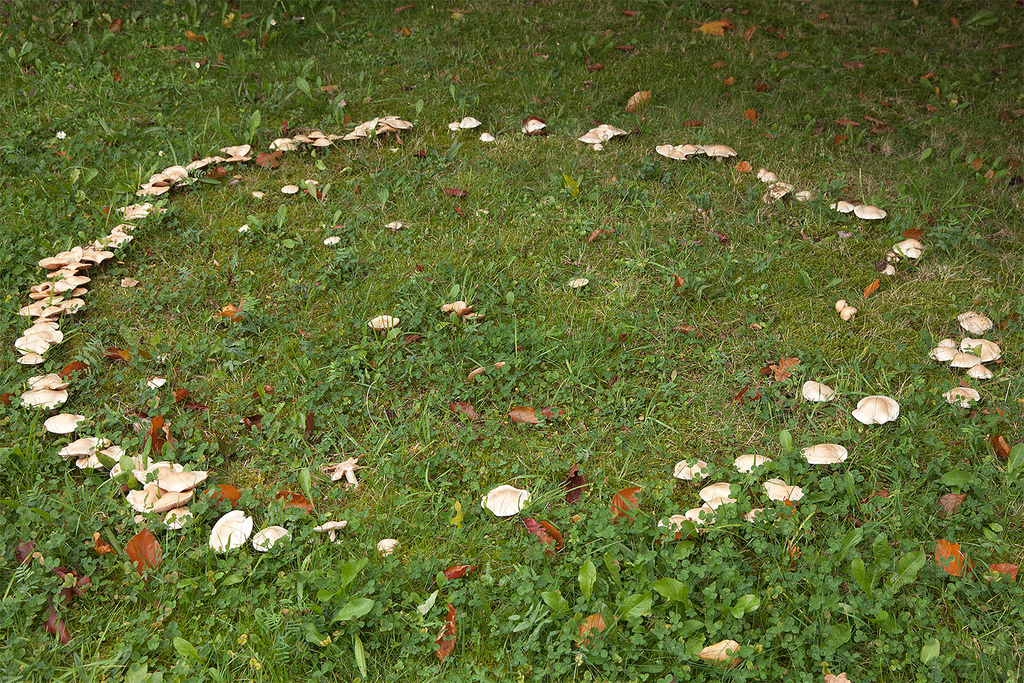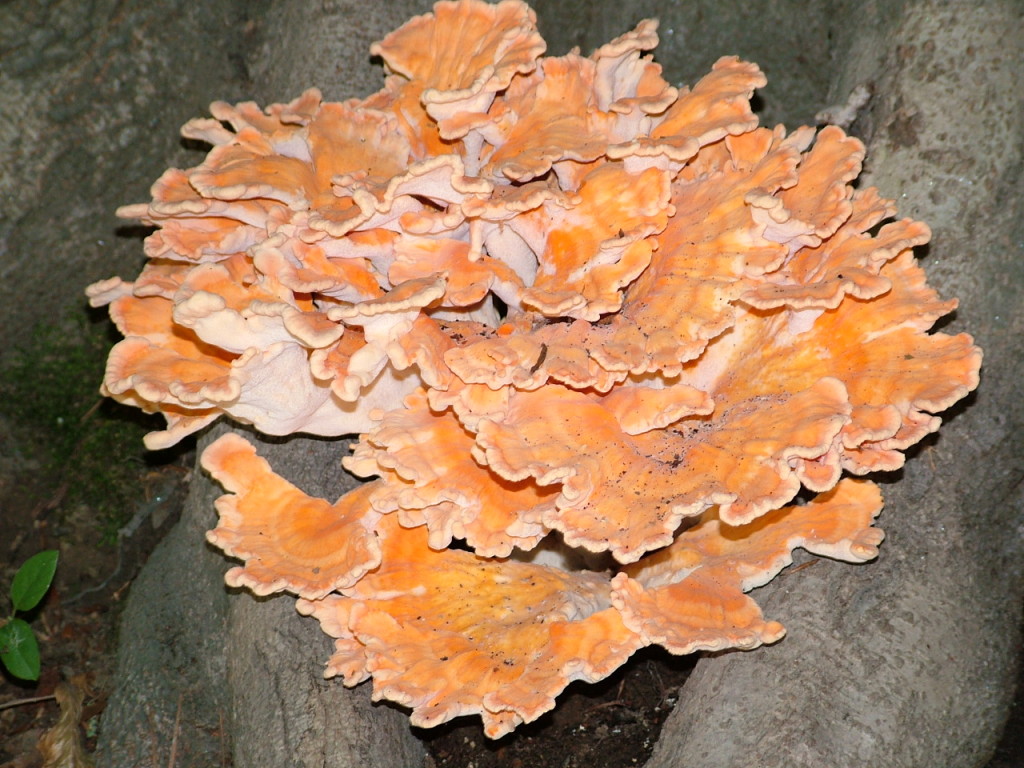Mushroom Circles or Fairy Rings What Are They?

Magic or Mundane?
One of the magic parts of summer, for me, is the appearance of mushroom circles and lightening bugs. Fairy rings have captured imaginations around the world, and they are found in folklore from Scandinavia to Europe and North America. They're even included in fairy tales called "The Fairy Ring: A Collection of Tales and Traditions" by Jacob and Wilhelm Grimm (1857).
There's some neat biology around mushroom circles (also called elf circles or pixie rings), but it makes them no less magical. So let's dive into to explore what is known about them.



